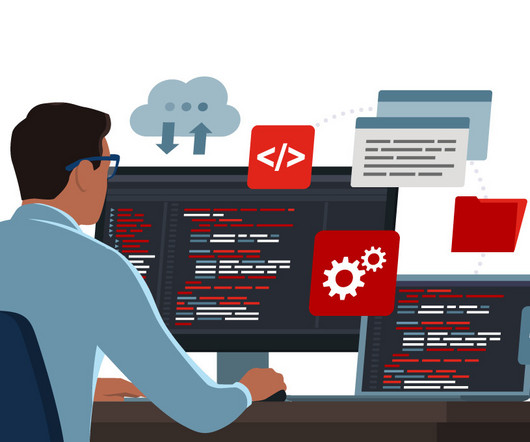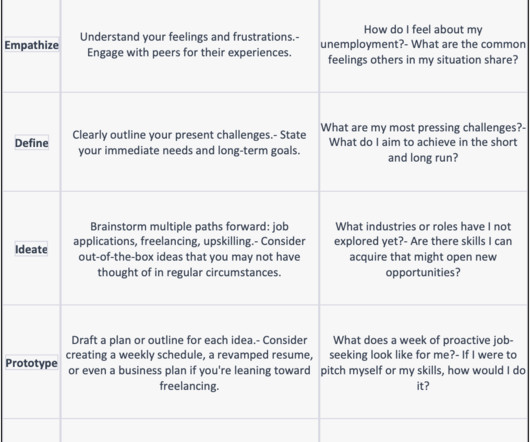The Importance of Staying Scrappy in an AI-Driven Era
Tullio Siragusa
OCTOBER 9, 2023
The Importance of Staying Scrappy in an AI-Driven Era In an age of rapid technological advancements, companies everywhere are embracing artificial intelligence (AI) and automation to modernize their operations. Customer research, user testing, concept ideation — these tasks require a deep understanding of human needs and emotions.
























Let's personalize your content